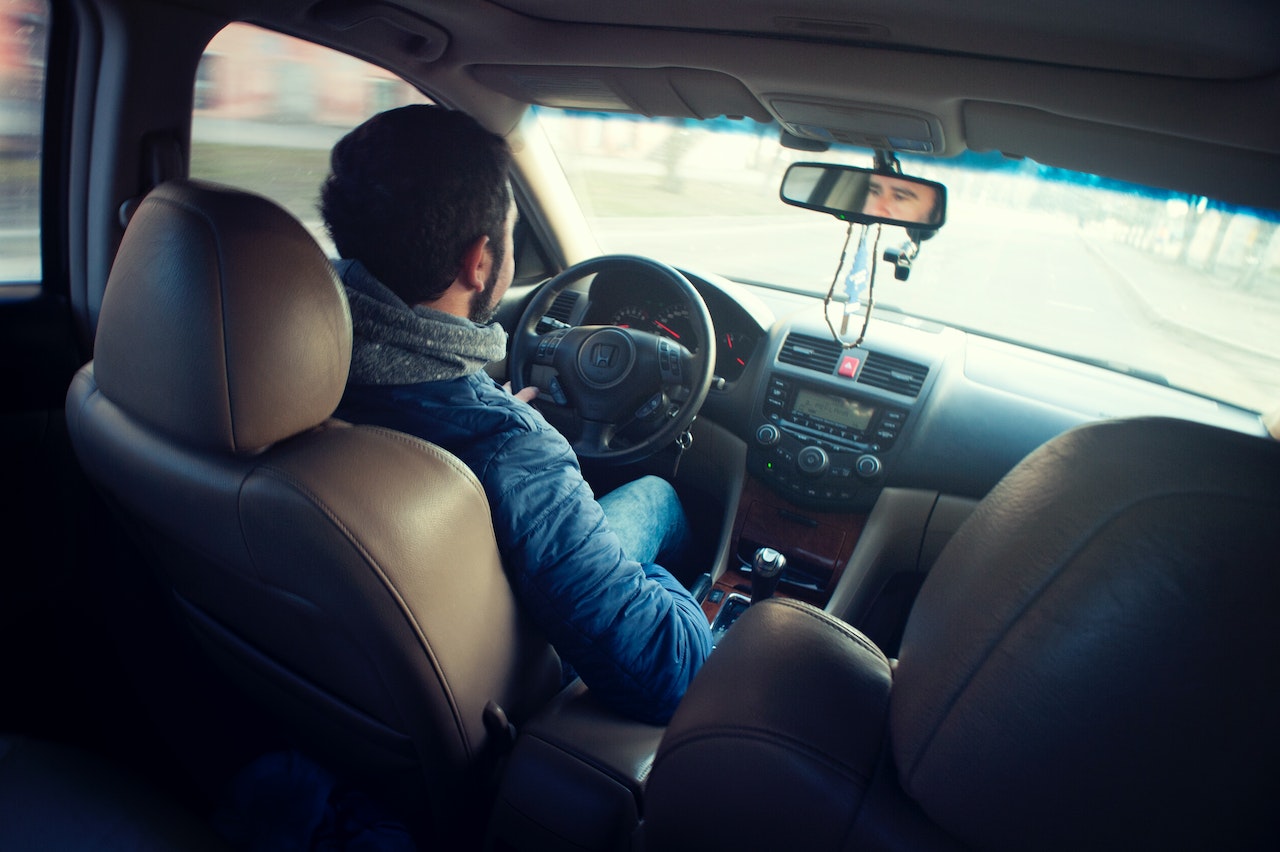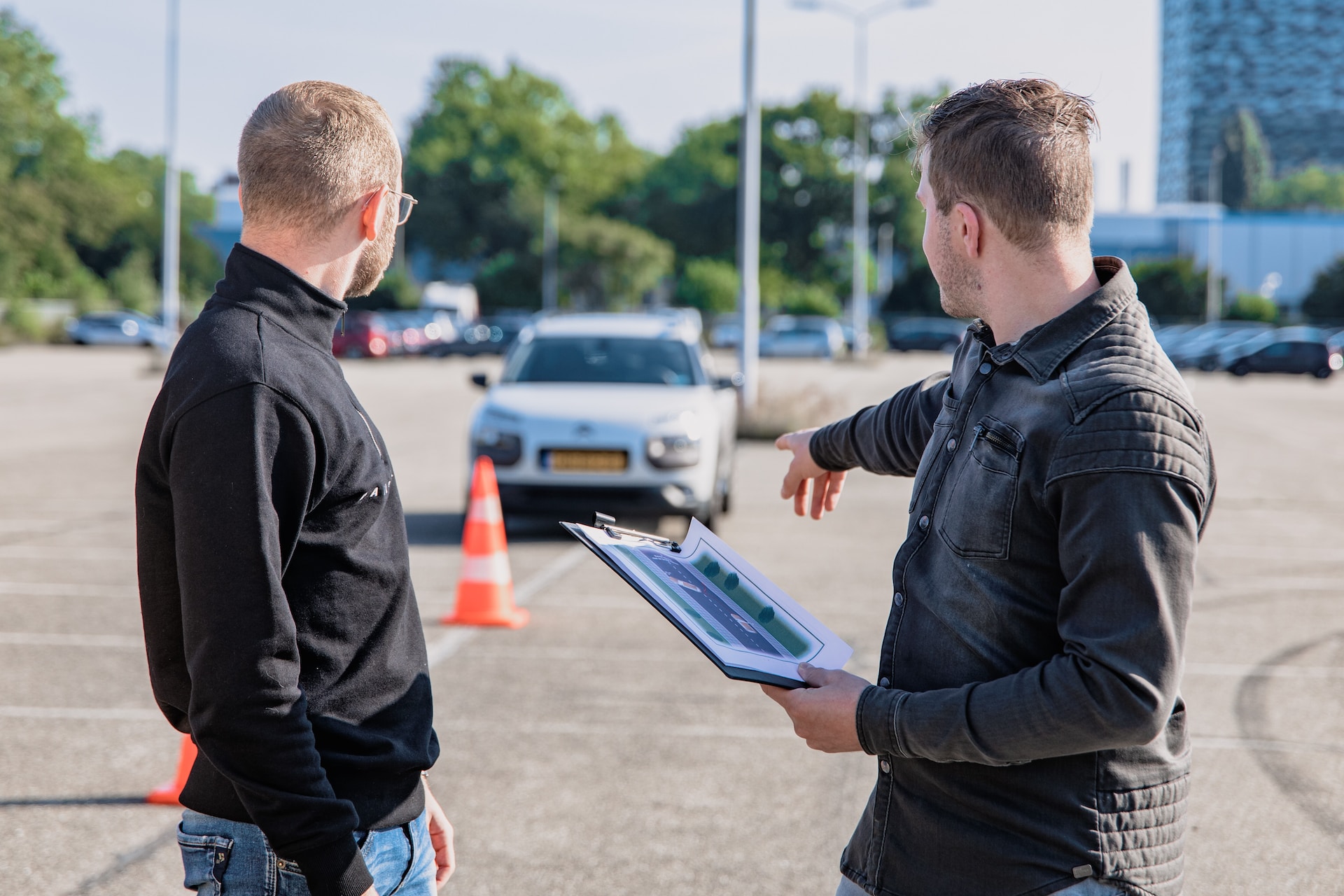Distracted driving is a significant concern on roads worldwide, contributing to many accidents and fatalities each year. The consequences can be devastating when drivers divert their attention from the road, even for a split second. Understanding the various types of distracted driving is important to raise awareness and promote safer driving habits. This article will explore different forms of distracted driving, their risks, and the importance of staying focused while behind the wheel.
Visual Distractions
Visual distractions occur when drivers take their eyes off the road. These distractions include looking at a GPS navigation system, reading a text message, or glancing at a passenger. Even a momentary visual diversion can significantly increase the risk of a collision. According to studies on distracted driving, taking your eyes off the road for just five seconds while driving at 55 mph is equivalent to covering the length of a football field with your eyes closed.
Manual Distractions
Manual distractions involve drivers taking their hands off the steering wheel. Examples include eating or drinking, adjusting the radio or climate controls, or reaching for an object in the car. When drivers remove their hands from the wheel, their ability to react quickly to sudden road changes or hazards is compromised, putting themselves and others at risk.
Cognitive Distractions
This distraction occurs when drivers' minds wander away from driving. These distractions can be particularly dangerous, impairing a driver's ability to focus and make split-second decisions. Some cognitive distractions include being preoccupied with personal or work-related issues or engaging in deep conversations. Even if drivers' eyes are on the road and their hands are on the wheel, cognitive distractions can significantly affect their driving performance.
Electronic Device Use
With the proliferation of smartphones and other electronic devices, their use behind the wheel has become a major contributor to distracted driving incidents. Texting, making phone calls, checking emails, or scrolling through social media while driving can have disastrous consequences. Using electronic devices involves both visual and manual and cognitive distractions, making it one of the most dangerous forms of distracted driving.
Passenger Distractions
Passengers can also contribute to distracting driving. Engaging in lively conversations, dealing with disruptive children or pets, or attending to passengers' needs can divert a driver's attention from the road. While passengers can provide companionship and support, drivers must maintain their focus on driving and not allow passenger-related distractions to compromise safety.
Environmental Distractions
Environmental distractions involve external factors that divert a driver's attention. These can include looking at billboards, scenic views, or accidents on the side of the road. Other environmental distractions may include roadside construction, unusual events, or wildlife crossing. While being aware of the surroundings is important, it is equally important to prioritize safe driving practices and avoid getting overly engrossed in external stimuli.
Tips to Avoid Distracted Driving
Understanding the types of distracted driving is the first step in combating this dangerous behavior. Drivers must recognize the risks associated with distractions and take proactive measures to minimize them. Here are some strategies to stay focused while driving:
Eliminate Electronic Devices Use
Put your phone on silent or in a place where you cannot access it while driving. Use hands-free options if necessary, but avoid engaging in lengthy or distracting conversations.
Plan Ahead
Set your GPS navigation system, and adjust mirrors and climate controls before setting off on your journey. Make sure any loose objects in the car are secured to prevent them from becoming distractions while driving.
Take Breaks
Long drives can be tiring, increasing the risk of cognitive distractions. Take regular breaks to rest, stretch, and rejuvenate your mind.
Avoid Multitasking
Driving requires full attention. Avoid engaging in activities like eating, grooming, or reading while behind the wheel.
Be Mindful of Passengers
Establish ground rules with passengers, especially children and pets, to minimize distractions. If necessary, pull over to address their needs or concerns.
Stay Alert
Keep an eye on the road and be aware of your surroundings. Scan for potential hazards, follow traffic rules, and maintain a safe distance from other vehicles.
Conclusion
Distracted driving is a pervasive issue that poses a significant risk to road safety. Since now you know the different types of distracted driving, you will be able to identify your mistake. By knowing this, we can make informed decisions and actively work towards minimizing distractions while behind the wheel.
Visual, manual, cognitive, electronic device use, passenger-related, and environmental distractions all contribute to the dangers of distracted driving. It is crucial for drivers to prioritize safety, remain focused, and commit to responsible and attentive driving practices to ensure the well-being of themselves, their passengers, and others on the road.
If you suffer an injury due to a negligent driver, it's best to consult an experienced and skilled lawyer who can help you file a car accident claim and seek legal justice. They will support you through the process of holding the liable party responsible for causing an accident and offer legal guidance to seek compensation for any injuries you suffered.







